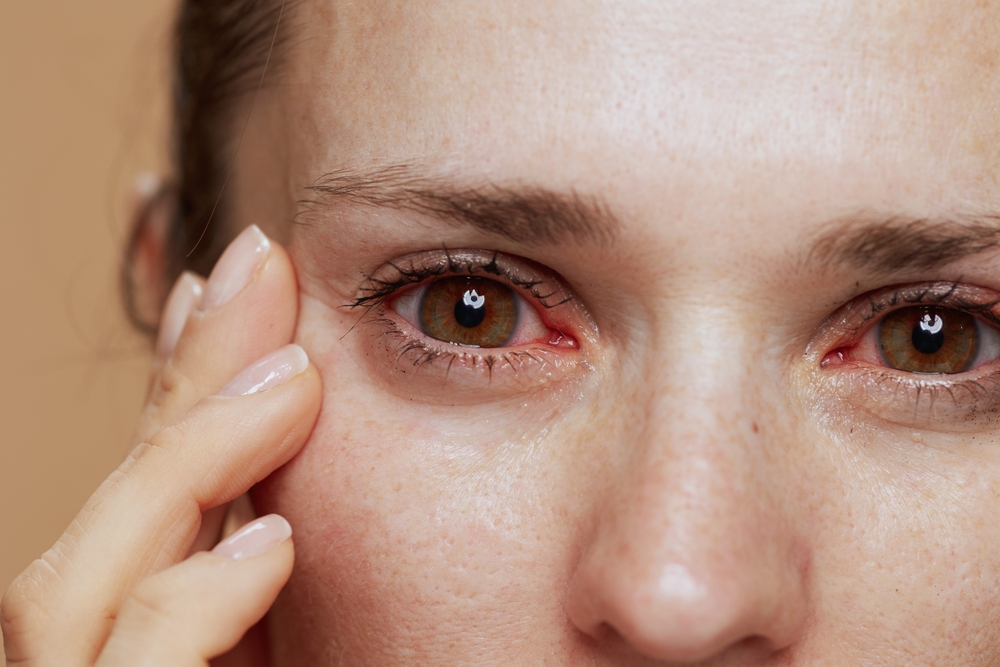How to Recognize and Manage Common Eye Conditions: A Guide for Patients
Blog:How to Recognize and Manage Common Eye Conditions: A Guide for Patients

How to Recognize and Manage Common Eye Conditions: A Guide for Patients
Your eyes are remarkable organs, and any changes or irregularities in their function can signify an underlying condition. From blurred vision and eye strain to persistent discomfort and dryness, being aware of the telltale signs can help you identify potential problems early on. By recognizing these symptoms, you can seek timely medical attention and work with your eye care professional to devise an appropriate treatment plan.
The Importance of Regular Eye Exams for Early Detection
Regular eye exams are the cornerstone of maintaining your eye health. These comprehensive assessments not only help identify vision problems but also detect early signs of underlying conditions. By scheduling routine appointments with your optometrist, you can stay ahead of potential issues and receive timely interventions, ultimately preserving your vision and quality of life.
Managing Eye Conditions in Children and Adolescents
Common eye conditions in children and teens can range from refractive errors like nearsightedness and farsightedness to more complex issues such as amblyopia (lazy eye), strabismus (crossed eyes), and eye coordination problems. Refractive errors, the most prevalent among young patients, often manifest as difficulty seeing clearly at certain distances, leading to symptoms like squinting, headaches, or sitting too close to screens. Nearsightedness (myopia) often develops during school years and is exacerbated by excessive screen time or near-work activities. Farsightedness (hyperopia), though less common, can cause blurred vision, difficulty with reading, and eye strain. Management typically includes regular eye exams to catch these errors early, followed by prescription glasses or contact lenses for correction.
Amblyopia, or lazy eye, is another frequent condition seen in young children and can be difficult to detect without routine screenings. This condition occurs when one eye is weaker than the other due to poor vision development. Symptoms may include poor depth perception, tilting the head, or closing one eye to see better. Early intervention is crucial for successful treatment, which often involves patching the stronger eye or using atropine eye drops to encourage the weaker eye to work harder. Strabismus, which causes the eyes to be misaligned, is another concern for children and teens. Left untreated, it can result in double vision or even permanent vision loss in one eye. Treatment options range from glasses or prism lenses to vision therapy and, in some cases, surgery.
Age-Related Eye Conditions and Their Treatment Options
As adults and seniors age, they become more susceptible to various eye conditions that can impact their vision and quality of life. One common condition is cataracts, which occur when the lens of the eye becomes cloudy, causing blurry vision, difficulty seeing at night, and increased sensitivity to light. Cataracts often develop gradually and can be managed with corrective lenses in the early stages. However, if the cataract worsens, surgery to replace the cloudy lens with an artificial one is the most effective treatment.
Glaucoma is another serious eye condition that affects adults and seniors, characterized by increased pressure in the eye, leading to damage to the optic nerve. This can result in gradual vision loss, often starting with peripheral vision. Since glaucoma symptoms may not appear until significant damage has occurred, regular eye exams are critical for early detection. Management includes prescription eye drops to lower eye pressure, laser treatment, or surgery in more advanced cases.
Age-related macular degeneration (AMD) is a leading cause of vision loss in seniors. AMD affects the central part of the retina, known as the macula, which is responsible for sharp, detailed vision. Symptoms include blurry or distorted vision and difficulty recognizing faces or reading. While there is no cure for AMD, its progression can be slowed with lifestyle changes like a healthy diet rich in antioxidants, smoking cessation, and specific treatments such as anti-VEGF injections for the wet form of the disease.
Dry eye syndrome is common among older adults, often due to a decrease in tear production or poor tear quality. Symptoms include a gritty or burning sensation in the eyes, redness, and blurred vision. Managing dry eyes typically involves using artificial tears, prescription eye drops, or advanced treatments like punctal plugs to help maintain moisture in the eyes.
The Role of Retinal Imaging in Diagnosing and Managing Eye Conditions
Advancements in medical technology have revolutionized the way eye conditions are diagnosed and managed. Retinal imaging, such as optical coherence tomography (OCT) and fundus photography, provide detailed, high-resolution images of the eye's internal structures. These diagnostic tools enable your eye doctor to identify subtle changes, monitor the progression of conditions, and develop personalized treatment plans tailored to your specific needs.
Schedule Your Comprehensive Eye Exam with Texas State Optical, Lake Jackson, Today
Your eyes are truly remarkable, and their health is paramount to your overall well-being. By understanding the common eye conditions, recognizing the signs and symptoms, and actively engaging in your care, you can take control of your eye health and maintain clear, comfortable vision for years to come.
To schedule a comprehensive eye exam and explore the latest advancements in eye care, contact Texas State Optical, Lake Jackson. We are dedicated to providing personalized, state-of-the-art care to help you achieve and maintain optimal vision. Contact our office in Lake Jackson, Texas, by calling (979) 297-8188 to book an appointment today.


